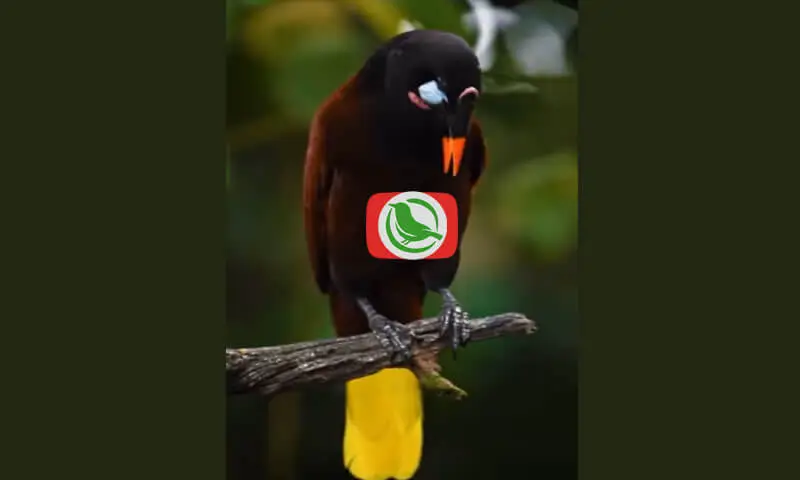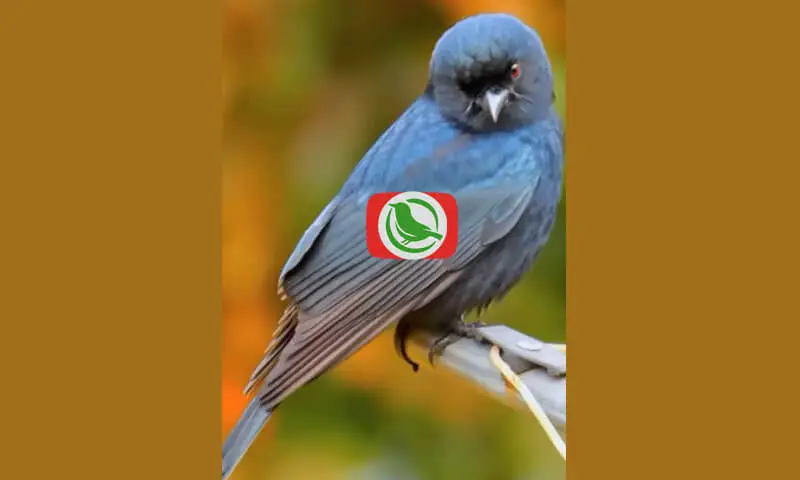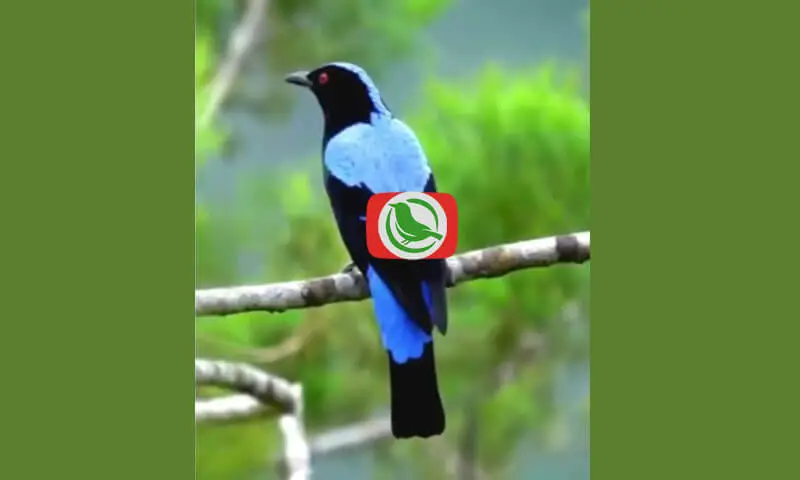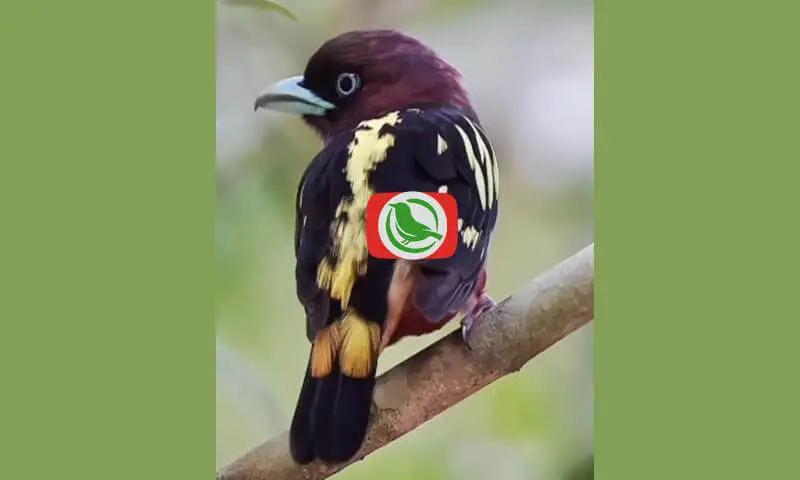The Montezuma Oropendola (Psarocolius montezuma) is a fascinating bird species that captures the attention of birdwatchers and nature enthusiasts. Known for its striking plumage and unique social behavior, this bird can be found in various tropical regions of Central America, particularly in rainforests.
This article will discuss the characteristics of the Montezuma Oropendola, including its physical traits and behaviors that make it easily recognizable.
Physical Characteristics of the Montezuma Oropendola
Size and Body Shape
The Montezuma Oropendola has a large and slender body, measuring about 50-55 cm in length. Its elongated body shape gives it an elegant appearance while flying or perching on trees.
Striking Plumage
One of the most notable features of the Montezuma Oropendola is its coloration. Males have black feathers on their upper body and bright yellow on their underside. Their tails are longer and golden yellow with tufted tips.
Head and Bill
This bird has a relatively small head compared to its body, with a large bill that is yellow or orange. This bill is designed to help the bird forage for food and build nests. A small tuft is present on the neck, adding to its unique appearance.
Female Characteristics
Female Montezuma Oropendolas have a somewhat duller appearance compared to males. They are typically greenish-brown with slight yellow accents on their underside.
Habitat and Distribution
The Montezuma Oropendola inhabits the dense rainforests of Central America and southern Mexico. They tend to live in areas with lush vegetation, where they can find many tall trees used for perching and nesting.
Nesting Sites
This bird is known for its ability to build large nests made from plant fibers. These nests are usually hung from the branches of large trees, often near rivers or dense forests. The nests are very strong and durable, allowing them to withstand harsh weather and threats from predators.
Social Behavior of the Montezuma Oropendola
Colonies and Social Living
The Montezuma Oropendola is a social bird often found in large groups. They live in colonies consisting of multiple pairs, working together to build nests and care for their eggs and young. These colonies also have a social hierarchy, where dominant males gain more access to female partners.
Calls and Communication
The calls of the Montezuma Oropendola are quite distinctive, consisting of a series of loud screams that can be heard from a distance. These sounds are used for communication among colony members, especially when warning of threats from predators.
Diet of the Montezuma Oropendola
The Montezuma Oropendola is an omnivore, meaning it consumes a variety of foods, both plant and animal. They often feed on fruits, seeds, and insects. They are also known to forage in tall trees where they can find abundant food sources.
Feeding Patterns
Their main diet consists of fruits such as bananas, papayas, and mangoes, but they are also not hesitant to eat small insects like grasshoppers or caterpillars found around the trees.
Role in the Ecosystem
As fruit and insect eaters, Montezuma Oropendolas play an important role in seed dispersal. By consuming fruits and excreting the seeds elsewhere, these birds help plants spread and thrive over a wider area, supporting the survival of various plant species.
Conclusion
The Montezuma Oropendola is an intriguing species with distinctive physical traits and unique social behaviors. By getting to know the characteristics of this bird better, we can appreciate the important role it plays in tropical rainforest ecosystems. If you’re interested in observing them firsthand, seeking out their habitats in tropical areas can be a highly rewarding experience.





